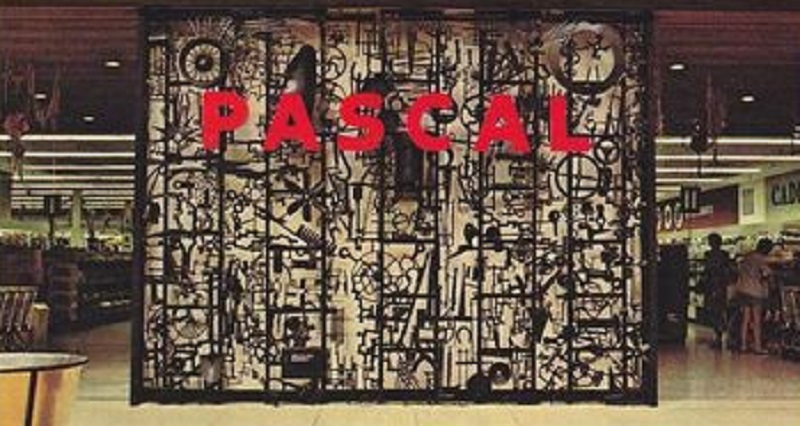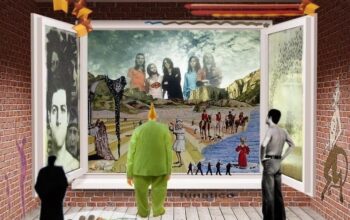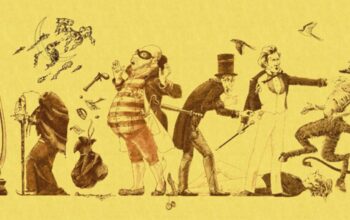It’s my first (available) Saturday back from camp, and the first chance I’ve had to go record shopping. For me in 1976, that means the regional supermall 5 km away. It’s a long walk in the cool, grey drizzle. I’m on purpose.
By today’s standards, there was nothing ‘super’ about the mall. It had around 60 stores (most strip malls have at least 10). But around a dozen of them sold records, even those that were not properly ‘record stores’. As it was, I bought my copy of A Trick of the Tail at the mall’s hardware store, which had the album’s unmistakable cover rackjobbed prominently in the store’s widest aisle. I took it to the cashier, paid my $4, and started walking 5 km again, the other way. My outing was nearly two hours and its centrepiece shopping experience occupied scant three minutes of it.
I can’t overstate the loss of album cover art in the reformatting of music from vinyl to CD to MP3, that last stop where it certainly met its end. Chefs often say that you see your food before you taste it, and so their culinary creations double as visual sensations.
The cover art of A Trick of the Tail was created by Hipgnosis, the masters of art-rock visual experience in the 1970s. Their body of work was breathtaking, and I dare say this one was its crown jewel. Indeed, it was perfect. Its sepia, parchment background and Victorian style speaks to a classical seriousness of purpose. But the hand-drawn characters set a tone of animation, of fantasy, of childlike make-believe. The music would be a bedtime story set safely in a pretend world. Before I would hear a note, I was completely enchanted.
I pulled the record out of its sleeve, fit it to the spinning platter and dropped the needle onto the groove.
Sound filled the space. My parents busied themselves in the adjacent room and I read the song lyrics and album credits and the rain outside hit the window and my childhood was over.



